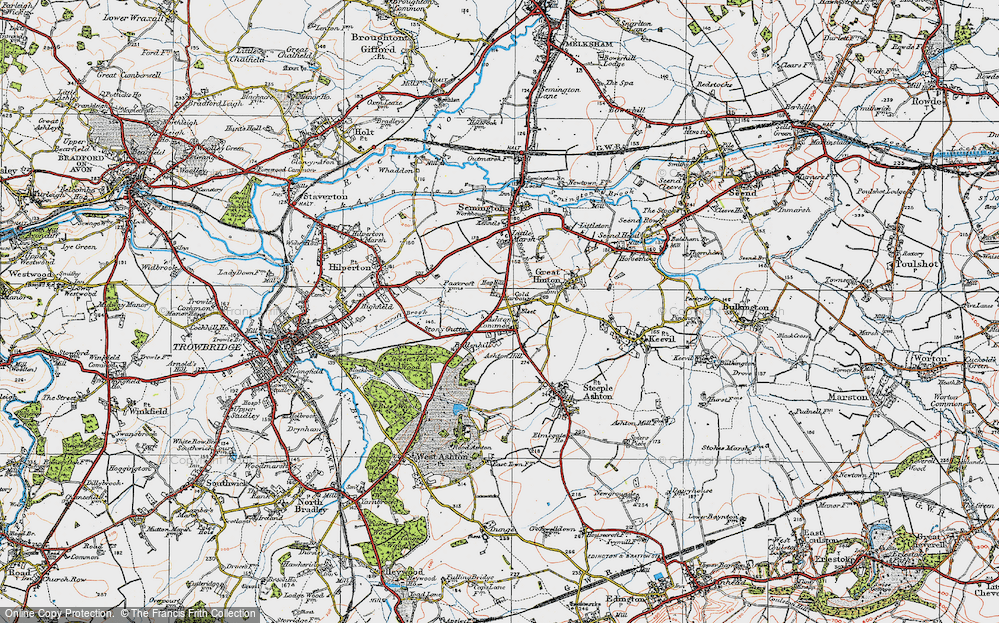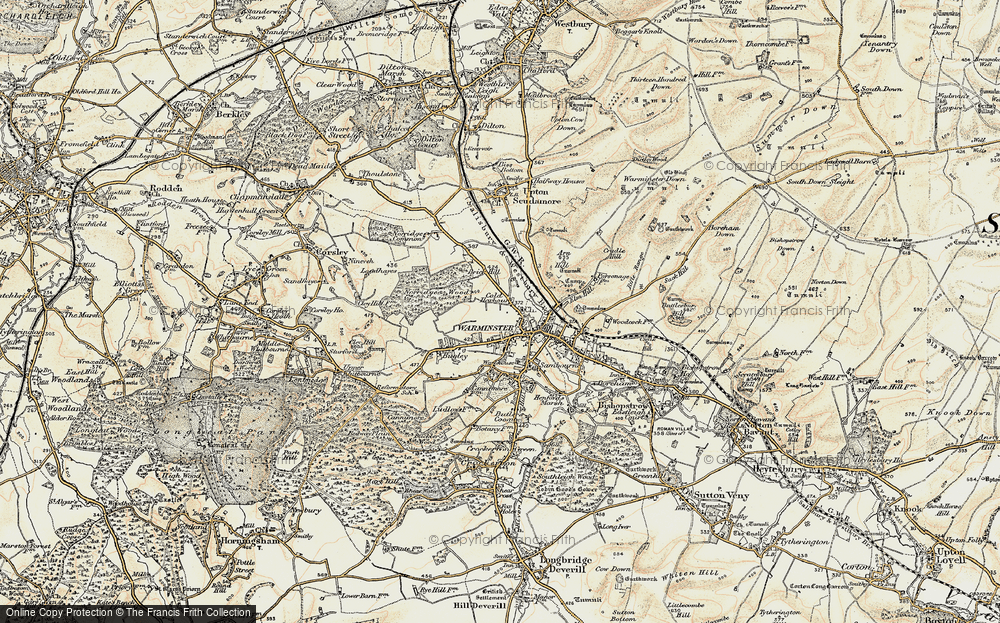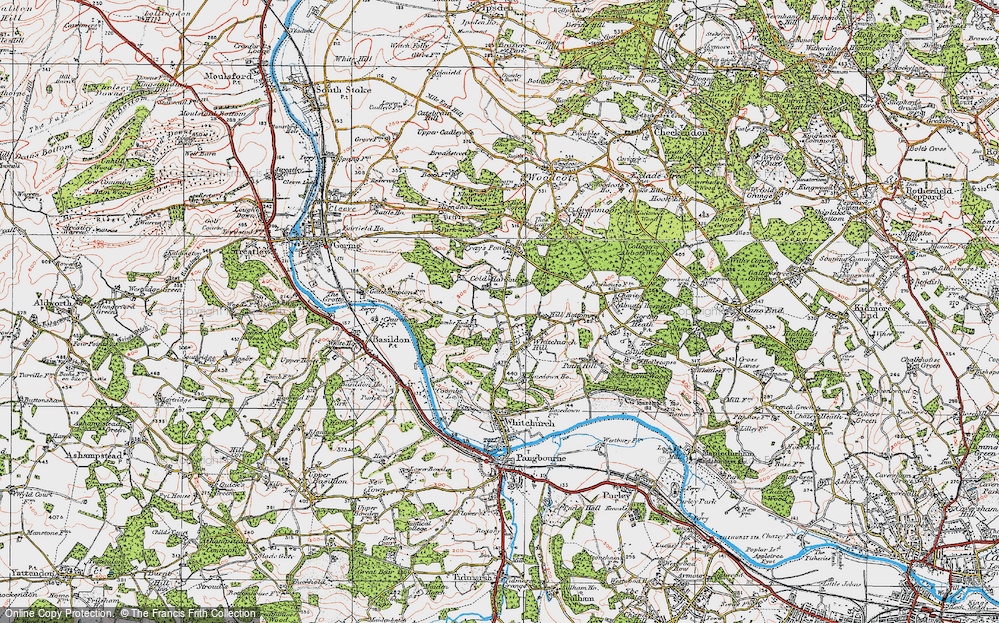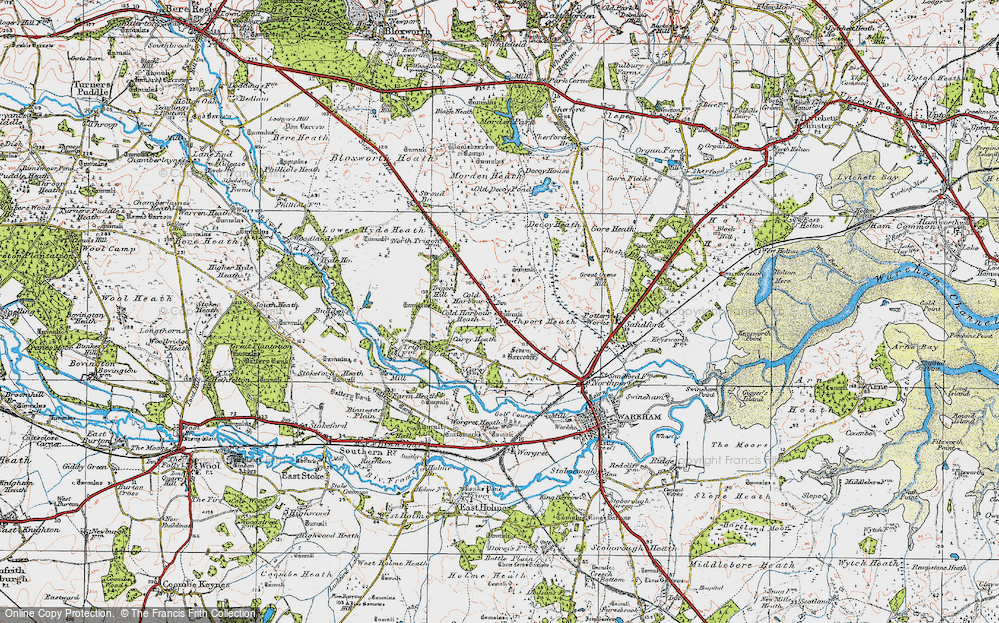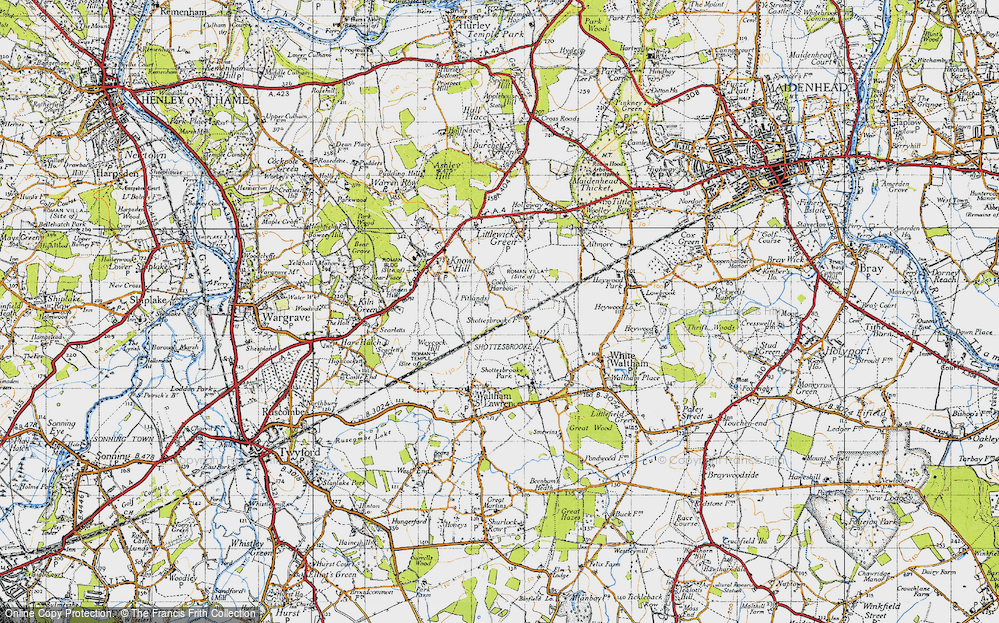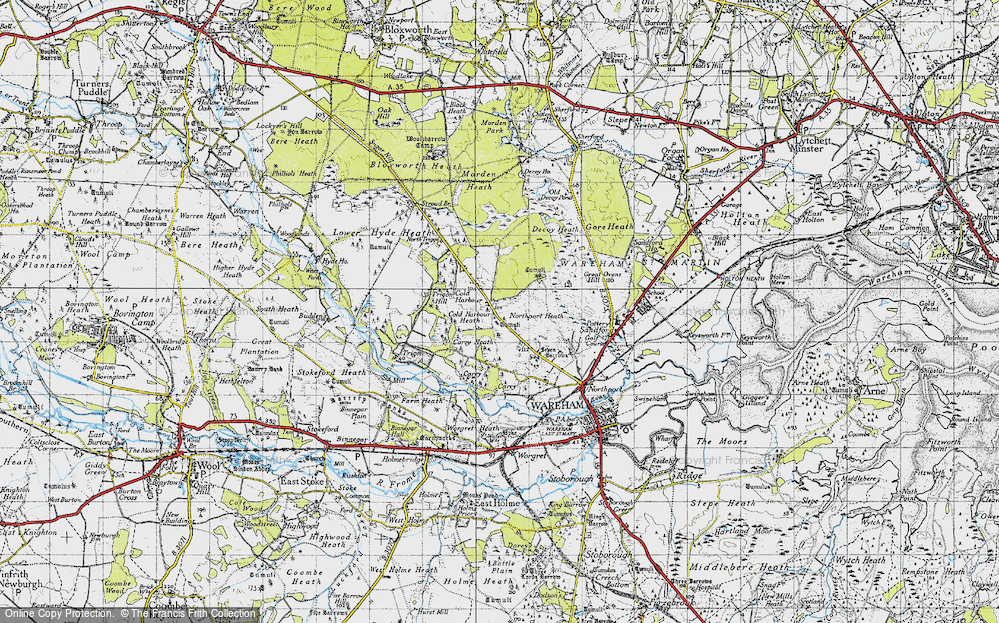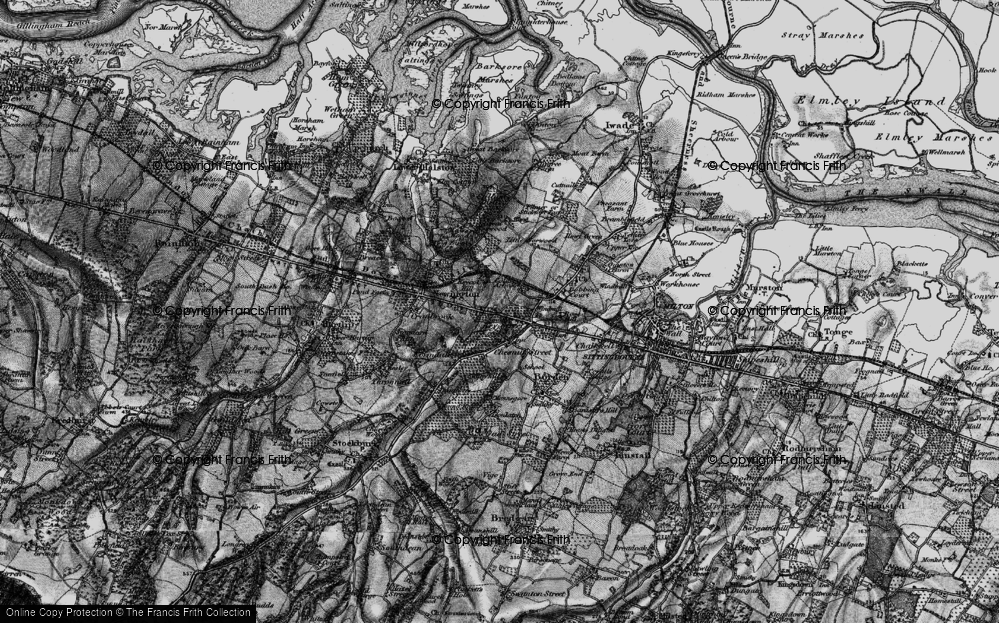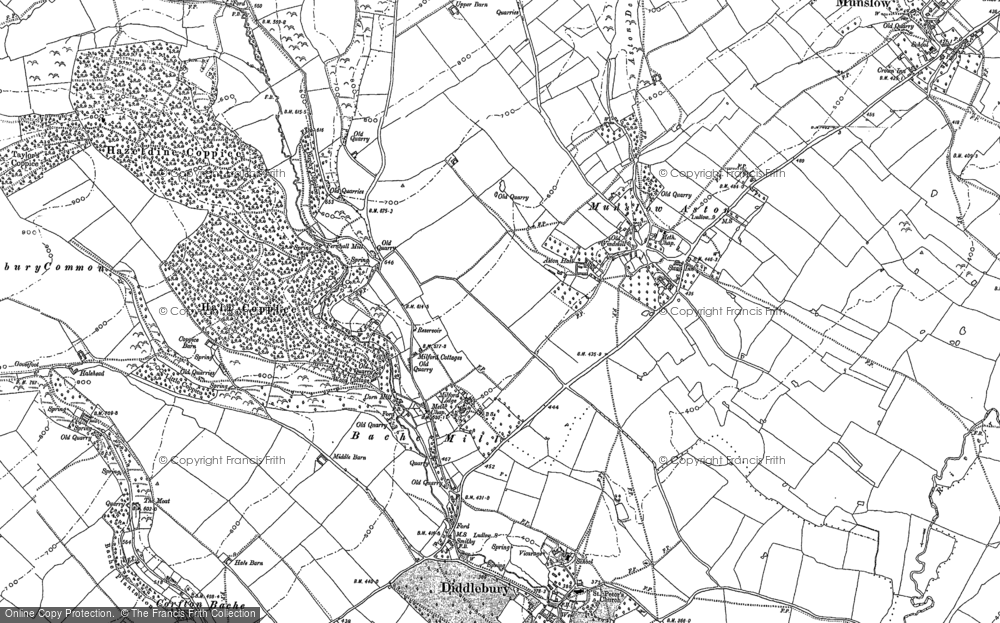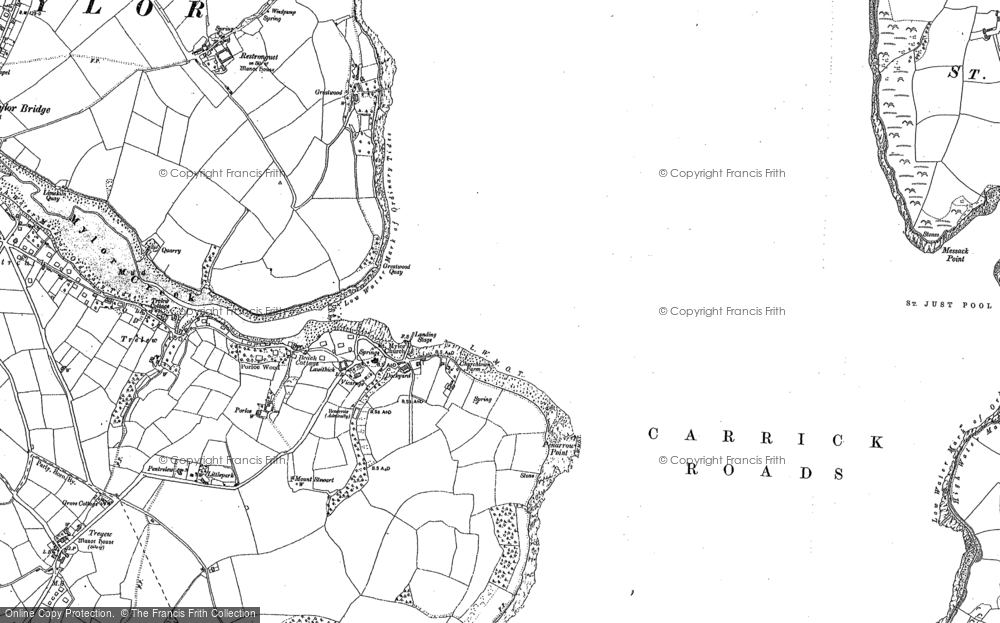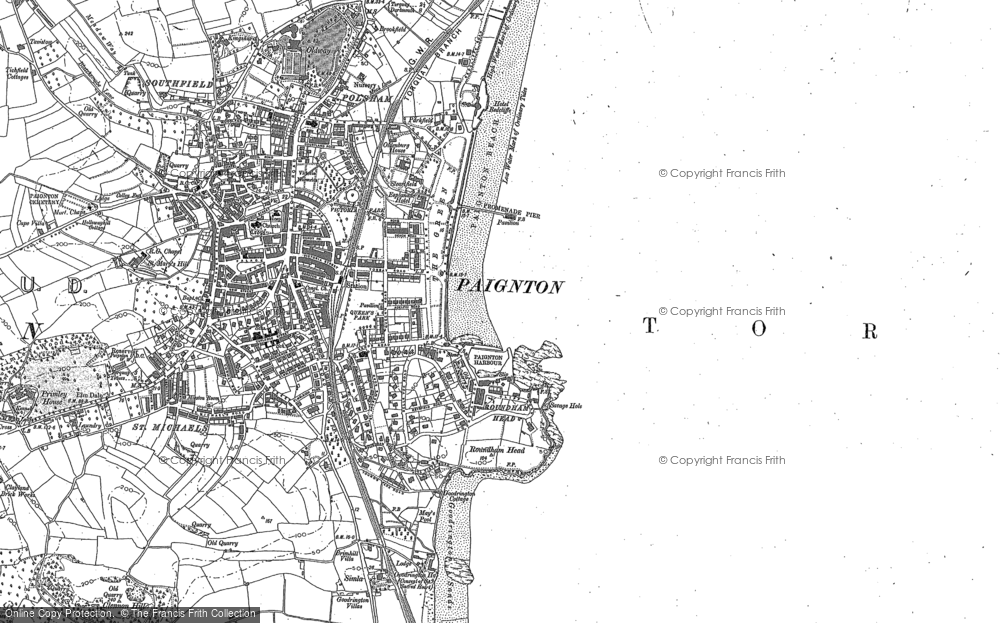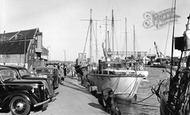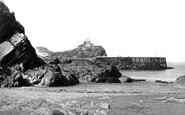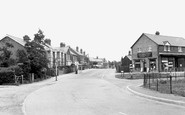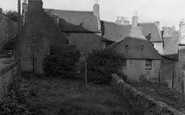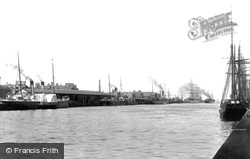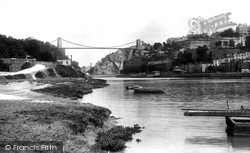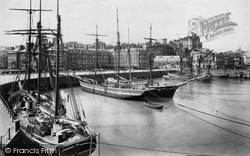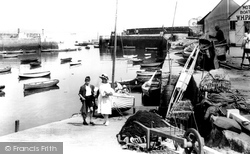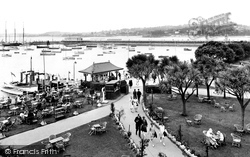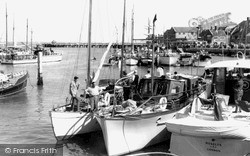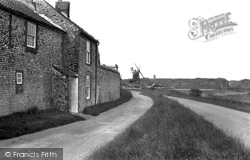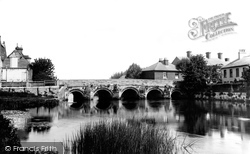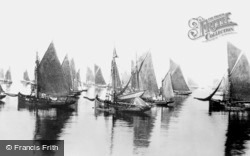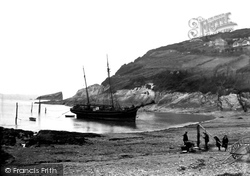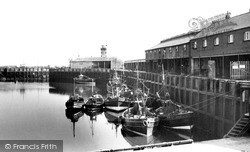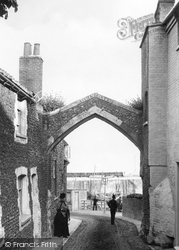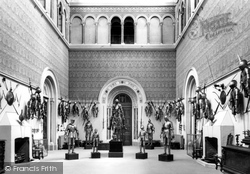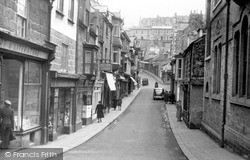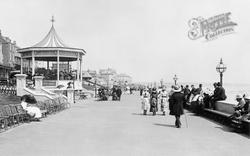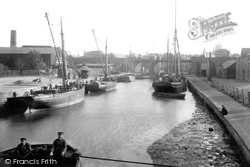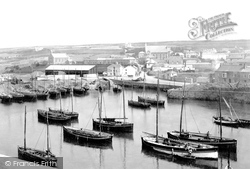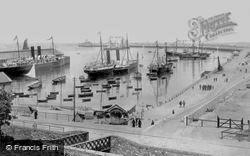Places
1 places found.
Did you mean: arthur ?
Those places high-lighted have photos. All locations may have maps, books and memories.
Photos
4 photos found. Showing results 61 to 4.
Maps
71 maps found.
Books
1 books found. Showing results 73 to 1.
Memories
96 memories found. Showing results 31 to 40.
Living On A Houseboat In Poole Harbour
My mother Elizabeth and my father, Graham Thomson, lived on a houseboat in Poole harbour during 1950 and 1951. I was a baby and they had to move to dry land when I became a toddler! My mother used to tell me ...Read more
A memory of Poole in 1951 by
Morning Coffee At Rapparee
Wonderful little beach. As a lad in the late 1940's and early 50's, I was a deckchair boy here, and hundreds of people would walk from town to have a coffee at the cafe at the bottom of Rapparee steps, or spend half ...Read more
A memory of Ilfracombe in 1950 by
Dysart Old Toll House And Harbour
I have many great memories of Dysart with my Gran Jane (Jean Allan and John (Big Jock) Allan. Last address together was 13 The Braes Dysart. On the hill on the road to Meickles Coalmine. We used to collect coal on ...Read more
A memory of Dysart in 1950 by
Stokesby 40s 50s 60s
I read the memories of Cossey. I remember well Maureen Perryman, and the Blatchfords and Armours. That brought back many memories of my childhood in Stokesby. I was born at Stokesby Ferry and lived there until I was about ...Read more
A memory of Stokesby in 1950 by
To Sea
The Seagoing Years. I must have left the Army sometime in August or September of 1949, and went back to C.J.King & son, tug owners, to carry on with my job as deck boy. This was not to my ...Read more
A memory of Bristol in 1950 by
Where I Was Born
My Beginning, at Sole Street near Cobham Kent. (9th March 1946 - 2nd January 1951) I was born on Saturday March 9th 1946 at 3.29pm at Temperley, The Street, Sole Street, Kent. I was delivered at home by the ...Read more
A memory of Sole Street in 1946
Lymington In The 1940s
My maternal grandmother and mother were both born in Lymington, my mother attending the grammar school in Brockenhurst (I remember as a small boy her pointing it out to me from the train) In 1944, when the V1 'doodlebugs' ...Read more
A memory of Lymington in 1944 by
46 Bridge Road, Cove
46 Bridge Road at Cove is very significant to me because I was born in Bridge Road, no 46, on 29th June 1943, in the photo of Bridge Road it is the second house on the left, opposite Cove Supply Stores, so I'm sure my mother would ...Read more
A memory of Cove in 1943 by
Seven Years Of My Childhood
I was at St Michael's from 1943 to 1950. The school had just moved from Uxbridge because of the war. Old gilded pictures, suits of armour stored. We weren't suppose to go there. Great friends with Barry and Copp. We ...Read more
A memory of Tawstock in 1943 by
Old House On Harbour Road
The house on Harbour Road was where I lived with my parents and sister for approx two years. We lived in one room in the gable end, then we were moved to the other end which was three rooms in a row. We lived there till ...Read more
A memory of Kinghorn in 1941 by
Captions
211 captions found. Showing results 73 to 96.
A further view of the mouth of the River Liffey, Dublin's harbour. Dublin has always been an important port, particularly for goods and merchandise.
Bristol is where Brunel's steamships 'Great Western' and 'Great Britain' were built, though both were too big to use the Floating Harbour.
We are looking towards the inner harbour-now the yacht marina—with a paddle steamer and three brigs at moorings.The chimney on the left of the Admiral Harvey pub probably belonged to Ramsgate's
Pebbles and sand extend below the Royal Standard; we look eastwards from deck-chairs, boats and canvas shelters to the North Wall of the harbour and the coast from Charmouth and Stonebarrow Hill to Golden
A mixture of schooners, brigantines and spritsail barges lie to warps in the outer harbour.
By the 1920s the harbour was used almost entirely by small-scale fishermen and pleasure craft.
By the 1920s the harbour was used almost entirely by small-scale fishermen and pleasure craft.
Beyond Torquay harbour is the fine sweep of Torbay. In Nelson's day the entire British fleet could anchor within the sheltering arms of the bay.
Sheltered from the worst of the gales by Hengistbury Head, Christchurch's harbour empties into the sea between Mudeford's quays and sandbanks.
There are few scenes on the Isle of Wight more captivating than Yarmouth harbour on a busy sailing day.
Pebble-built cottages line the coast road to the corn windmill, which stands immediately behind the 17th-century harbour. The mill was converted to holiday accommodation as early as 1921.
In Saxon times this old town was known as Twyneham, meaning 'the town between the streams' - in this case the Avon and the Stour, whose waters empty into Christchurch Harbour.
Penryn sits at the head of a creek in Falmouth harbour. At the top of the town Brunel's Great Western Railway crossed the broad wooded valley on a mighty viaduct.
At the height of the Victorian age some 200 trawlers would regularly put to sea from Brixham harbour.
Tucked away among 'surroundings that are indescribably beautiful', boats nestle in the placid harbour waters of this picturesque village with its long, straggling street.
A more recent picture of the main harbour. Smaller fishing boats, now powered by internal combustion rather than wind, are tied up alongside the west pier to discharge their catch.
Leading from the old village to the harbour beyond, this 16th-century arch, originally fitted with a portcullis and gates, was built to protect the settlement against pirates and smugglers.
This photograph shows the Great Hall as it was originally intended - displaying a collection of armour and weapons, just as a castle should.
Tregenna Place and its continuation of the High Street are still the main thoroughfares into the harbour area of St Ives.
Protected on the north-east by the great headland of Flamborough, there are long stretches of fine sand both north and south of the harbour.
Other finds at Wallington House, Wicor Shore and Portchester Harbour have been dated from the Mesolithic period (10,000 BC to 4,000 BC), while flint and stone artefacts from Titchfield and Wallington
This atmospheric photograph of the Medina at Newport gives some idea of the harbour at the height of its prosperity.
As with the port of Newlyn, the small harbour at Porthleven uses the registration letters of Penzance.
The harbour was begun in 1817, and ever since has been the principal terminus of the Holyhead run.
Places (1)
Photos (4)
Memories (96)
Books (1)
Maps (71)


